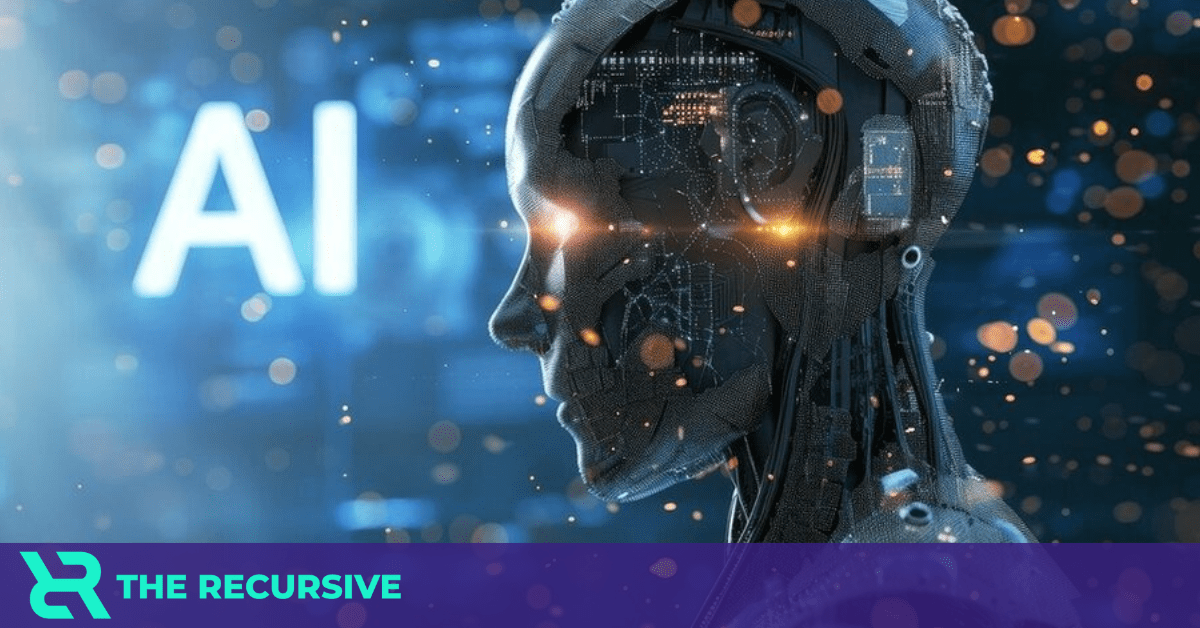lelos kounelos
Tarrasque
- Joined
- Dec 9, 2012
- Messages
- 15,680
Το "never", που κολλαει; μαθατε ολοι τωρα στην επικοινωνια με ιερογλυφικα.
By registering with us, you'll be able to discuss, share and private message with other members of our community.
SignUp Now!OpenAI's large multimodal model, GPT-4V(ision), was recently developed for general image interpretation. However, less is known about its capabilities with medical image interpretation and diagnosis. Board-certified physicians and senior residents assessed GPT-4V's proficiency across a range of medical conditions using imaging modalities such as CT scans, MRIs, ECGs, and clinical photographs. Although GPT-4V is able to identify and explain medical images, its diagnostic accuracy and clinical decision-making abilities are poor, posing risks to patient safety.

even better than what?
Αν διαβαζες το αρθρο θα καταλαβαινεςeven better than what? ο λόγος που έχουμε 1μύριο διαφορετικές μπύρες δεν είναι ότι ο καθένας έχει την γεύση του;






 spectrum.ieee.org
spectrum.ieee.org
All those marvelous AI applications have been due to three factors: innovations in efficient machine-learning algorithms, the availability of massive amounts of data on which to train neural networks, and progress in energy-efficient computing through the advancement of semiconductor technology. This last contribution to the generative AI revolution has received less than its fair share of credit, despite its ubiquity.
The Future Beyond the Tunnel
In the era of artificial intelligence, semiconductor technology is a key enabler for new AI capabilities and applications. A new GPU is no longer restricted by the standard sizes and form factors of the past. New semiconductor technology is no longer limited to scaling down the next-generation transistors on a two-dimensional plane. An integrated AI system can be composed of as many energy-efficient transistors as is practical, an efficient system architecture for specialized compute workloads, and an optimized relationship between software and hardware.
For the past 50 years, semiconductor-technology development has felt like walking inside a tunnel. The road ahead was clear, as there was a well-defined path. And everyone knew what needed to be done: shrink the transistor.
Now, we have reached the end of the tunnel. From here, semiconductor technology will get harder to develop. Yet, beyond the tunnel, many more possibilities lie ahead. We are no longer bound by the confines of the past.



For these reasons and many others, some experts have warned that AI is a bubble like with crypto or Dot Com startups. Projections that AI will become an over one trillion dollar industry within the next decade certainly sound reminiscent of the hubris that always comes with these booms before the busts.
From a technical standpoint, meanwhile, some are skeptical that the tech will advance quickly enough to keep up with the hype, and will perhaps undergo a lengthy period of stagnation. Investors that have poured billion of dollars into the industry in a very short period of time, expecting a lucrative turnaround, may not have the patience to hold out.

Several big businesses have published source code that incorporates a software package previously hallucinated by generative AI.
Not only that but someone, having spotted this reoccurring hallucination, had turned that made-up dependency into a real one, which was subsequently downloaded and installed thousands of times by developers as a result of the AI's bad advice, we've learned. If the package was laced with actual malware, rather than being a benign test, the results could have been disastrous.
According to Bar Lanyado, security researcher at Lasso Security, one of the businesses fooled by AI into incorporating the package is Alibaba, which at the time of writing still includes a pip command to download the Python package huggingface-cli in its GraphTranslator installation instructions.

Ο Τζέφρι Χίντον στη διάλεξή του έκανε ένα αιχμηρό σχόλιο για τα νομικά πλαίσια που φτιάχνονται για την ΑΙ:
“Στις κυβερνήσεις αρέσει να μας ελέγχουν αλλά δεν τους αρέσει να ελέγχουν τον εαυτό τους. Σε όλες τις νομοθεσίες για την ΑΙ, υπάρχει πάντα ένας αστερίσκος που λέει ότι εξαιρούνται οι στρατιωτικές επιχειρήσεις”.
Ρωτάω την Γυφτοκώστα αν υπάρχουν προβληματικά σημεία στο Act και δη που να επιβεβαιώνουν τη δήλωση του Χίντον.
“Ναι, έτσι ακριβώς είναι. Οτιδήποτε αφορά τον στρατό και την εθνική ασφάλεια εξαιρείται από τους περιορισμούς της AI Act. Και αυτό εγείρει ζητήματα. Απαγορεύεται, για παράδειγμα, η λήψη βιομετρικών δεδομένων σε πραγματικό χρόνο εκτός αν εγείρεται θέμα εθνικής ασφάλειας, πχ. ψάχνουμε έναν ύποπτο τρομοκρατικής ενέργειας.”
Θα μπορεί δηλαδή να κυκλοφορεί ένα βανάκι της αστυνομίας και να παίρνει σε real time βιομετρικά στοιχεία στον δρόμο γιατί αναζητά κάποιον ύποπτο για συγκεκριμένα εγκλήματα;
“Ναι, θα μπορεί. Αλλά με δικλείδες ασφαλείας για όσους δεν θεωρούνται ύποπτοι. Είναι πολύ προβληματικά αυτά τα σημεία του Act για το πώς θα εφαρμοστούν. Επίσης, πρέπει να γνωρίζουμε ότι η Ελλάδα χρησιμοποιεί ήδη πιλοτικά συστήματα ΑΙ για βιομετρικά δεδομένα στα σύνορα για τους μετανάστες.”
Δεν είναι καθόλου καινούριο φαινόμενο η τεχνολογία να εγείρει ηθικά ερωτήματα.
Άλλωστε, διαμορφώνει τον τρόπο που ζούμε αλλά και διαμορφώνεται από εμάς. Και δεν είναι κάτι ουδέτερο. Ο έλεγχός της συνεπάγεται κοινωνική και οικονομική εξουσία και γι’ αυτό πρέπει να διεκδικούμε συνεχώς δημοκρατικό έλεγχο επί των καινοτομιών.
Ο έλεγχός της συνεπάγεται κοινωνική και οικονομική εξουσία και γι’ αυτό πρέπει να διεκδικούμε συνεχώς δημοκρατικό έλεγχο επί των καινοτομιών.